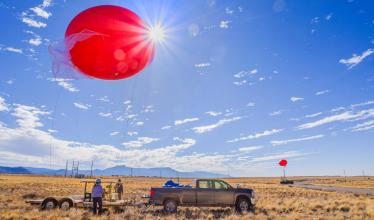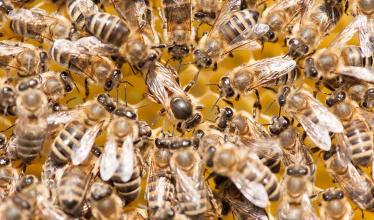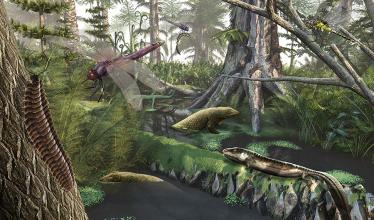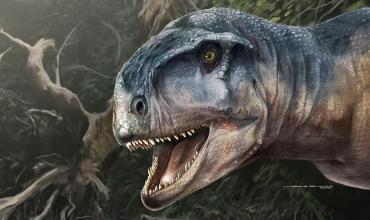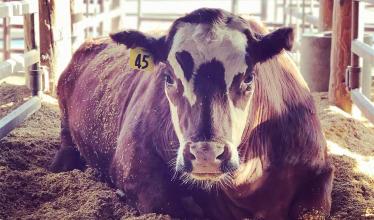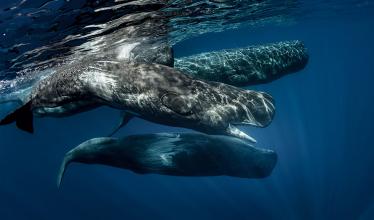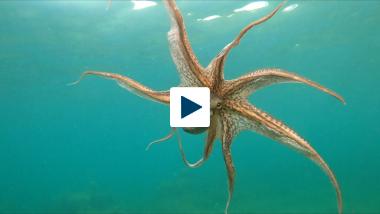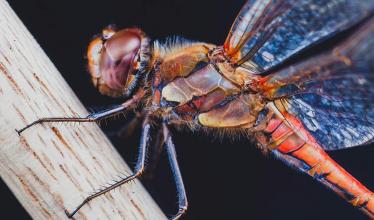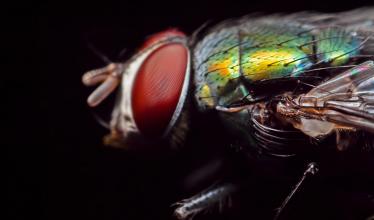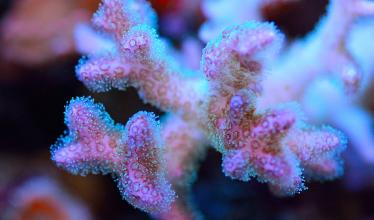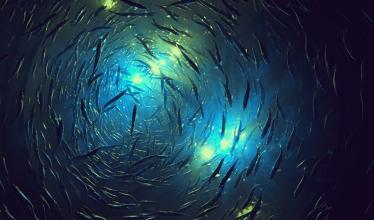Animals
Honeybees relay the location of the queen through pheromones.
New research supports the idea that pulses of nutrients flushed from Devonian forests fueled ocean algae blooms that suffocated marine life.
The new species unearthed in Patagonia belongs to a group called abelisaurids, which resembled tyrannosaurs with short, bumpy faces.
Reductions in hunting due to COVID-19 restrictions may have led to less stress and better feeding opportunities for already thriving northern birds.
Steers that ate small amounts of seaweed produced far less of the greenhouse gas methane.
A new paper suggests whales learned to escape the grasp of hunters in just a few years.
Research with octopus limb regeneration helps scientists create smart prosthetics.
New finding suggests muscle tone and wing posture help the insects execute an upside-down backflip, even when anesthetized.
By collecting blowflies and analyzing their gut contents, researchers hope to peek at sites that are difficult or dangerous to access.
Australian scientists measure the gases that two Great Barrier Reef corals emit.
New research method’s validity confirmed by bottom trawls.

